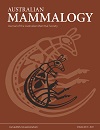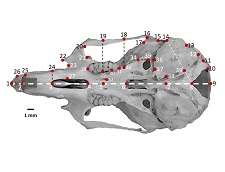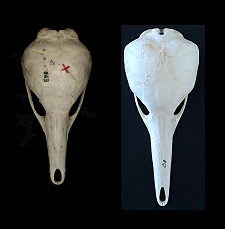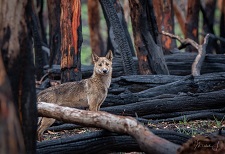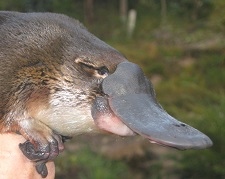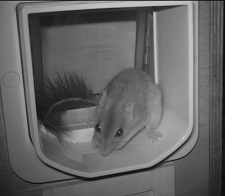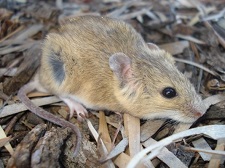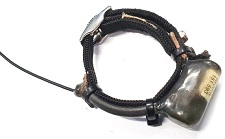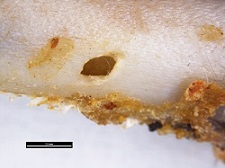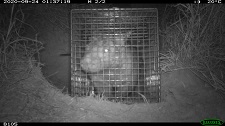
The published works of H.H Finlayson provide a benchmark in the study of Australian mammals during the first half of the 1900s. His publications are well known but his private collection of almost 3000 prepared study specimens is known more from inference than published fact. We provide a brief background of Finlayson and report a compilation of his surviving specimens. A transcription of his original register of specimens is also provided. Photograph by Ken Johnson.


